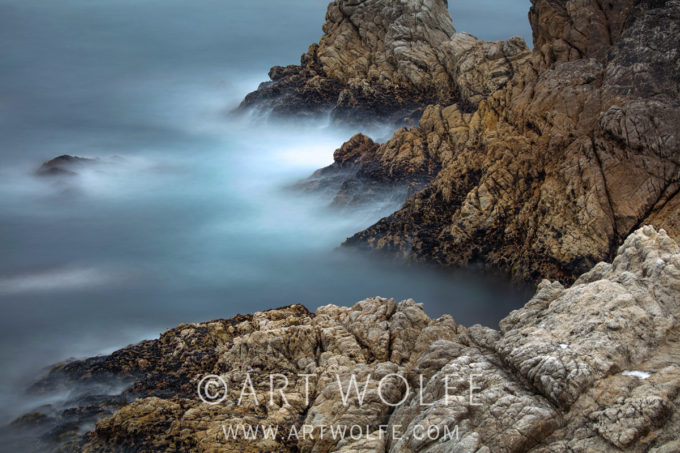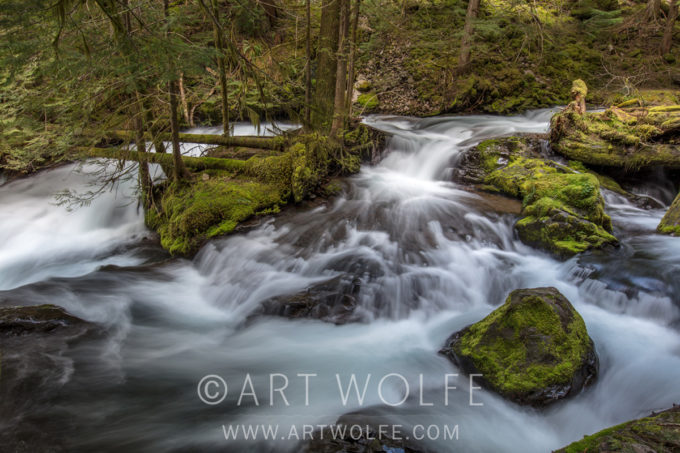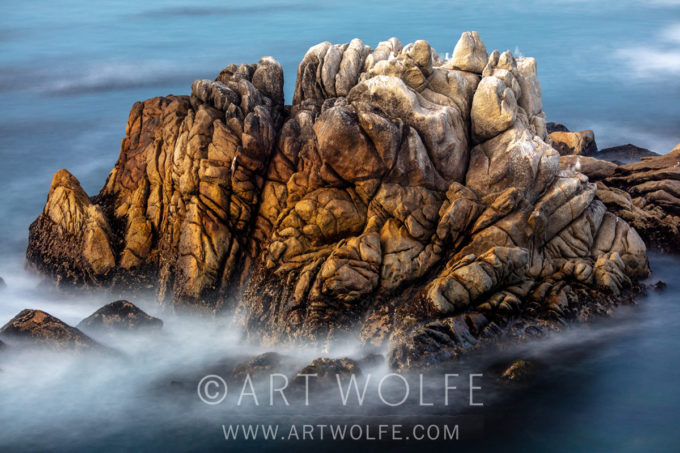Technique Tuesday: Neutral Density Filters

As we are in the middle of a couple of West Coast workshops where coastlines, waterfalls, and woodland streams take center stage, now is a great time to discuss the use of neutral density filters. In the summer months where overcast days become rare even in a region fabled for it’s grey skies, ND filters are a necessary tool for outdoor photography.
Simply put, an ND filter will reduce the amount of light your sensor receives without affecting the color of your capture, therefore allowing you to use a wider aperture, capture a longer exposure – or both. This is especially useful when you’re shooting outdoors on a bright, sunny day, or trying to expose for soft waves and motion in water. If you’ve done this without an ND filter, then you know how hard it can be to get the exposure correct without having a blown-out sky and over-bright highlights.

ND filters come in several stops, with the cheaper 1, 2 or 3 stop filters being common – however I highly recommend spending the extra money on a 6-stop or even 10-stop ND filter. These will block out more light, and give you the greatest amount of leeway in using your camera settings to achieve your desired results.
A 6-stop filter will be good enough to expose for blurred waves and streams, and capturing the scene without an over-bright sky, while a 10-stop will create the foggy dream-like haze of water in motion. In either case, you will cut down on blown-out areas of your photo, balancing out the tones while keeping true-to-life colors and exposing for the proper amount of detail.

Though most of my use for ND filters involves apertures in the 11-13 range to capture all the details of a landscape, or as low as 5 for a scene that may not need all the details sprawling to the horizon, an ND filter will also allow you to open up your very wide. This way you can photograph a specific subejct outdoors on a brighter day while still keeping your aperture wide enough to achieve an out of focus background.
For more ND tips and others check out my how-to books, “The Art of the Photograph” and “ The New Art of Photographing Nature“!



